Your clients are not interior designers and most likely do not know by name the styles they like, however, they probably have a general idea of what they want to achieve in their space, and may even have a selection of images obtained from the Internet that are close to what they would like.
These images are almost always of spaces designed according to a well-defined style, a style with which your client identifies. Therefore, your mission as a designer is to identify it in order to determine the decorative personality of your client.
To achieve this, the most important thing is that you have cultural and visual knowledge that covers a good number of styles. That's why we have put together this glossary for you, where we have listed the ten most popular interior design trends.
Ten styles every interior designer should know:
1.- California Colonial
 This style became popular in the first half of the last century, and is inspired by the colonial houses in the hot desert areas of the north of the country, precisely in the area of California.
This style became popular in the first half of the last century, and is inspired by the colonial houses in the hot desert areas of the north of the country, precisely in the area of California.
This style can be found in the majestic houses of the Del Valle, Polanco, Condesa and Hipódromo neighborhoods in Mexico City. It is characterized by white flattened walls, and curved closures on doors and windows.
In addition, it is common to see wrought iron grilles, eaves with tiles, and above all, a rich ornamentation made of pink quarry around doors and windows, which contrasts with the sobriety of the walls.
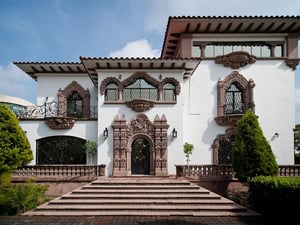
The interiors of the houses are as contrasting as the facades: the finishes are in neutral colors, but with richly decorated applications. As the spaces are wide, the furniture is oversized and large and imposing: made of hard woods and upholstered with linen or even silk.
These factors as a whole make the Californian Colonial a universal synonym of lineage and good taste.
2.- Rustic
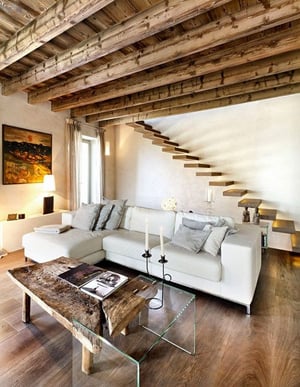
Typical of country houses and residences for resting, this style gets its charm from the simplicity and strong textures of natural materials. It usually includes elements of weathered wood, stone, concrete and jute, wool and cotton textiles.
The interiors are designed with neutral colors that draw attention to the strong character of the materials used in the floors and furniture.
The walls are generally white, although they can also be apparently finished, i.e. without any coating.
3.- Art Deco
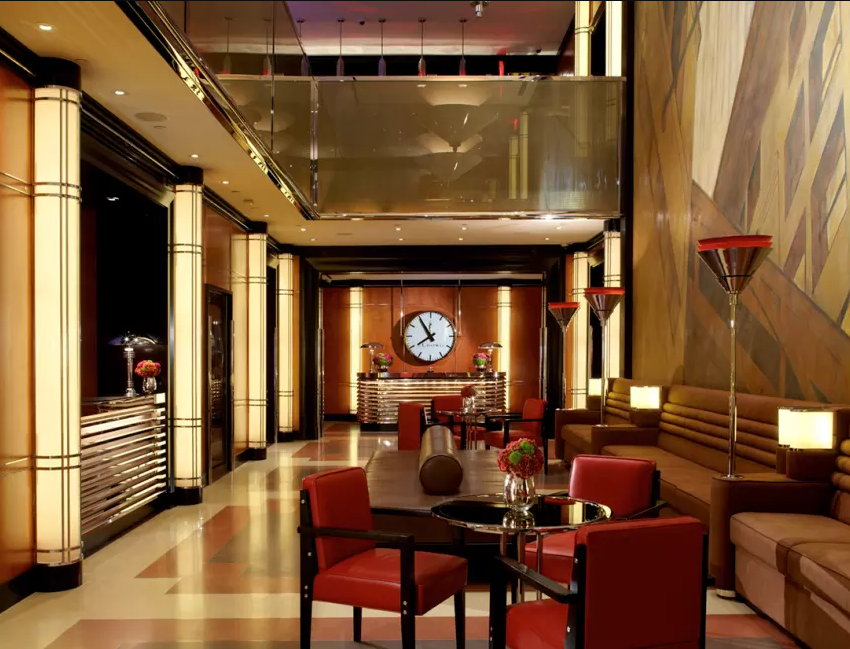
Brought to Mexico in the 1930's, Art Deco is characterized by its elegance. It uses many highlights in polished metals, such as stainless steel, chrome and above all, bronze. Unlike other "vintage" styles that resort to floral motifs, the shapes and contours of Art Deco are strongly geometrized and you can almost always see volumetric sets that contrast the differences between the finishes.
The luminaires are a central part of the decoration and have matching designs. It should be noted that in Art Deco, furniture plays a very important role, as chairs, tables and sofas are large, generous and take the leading role in the spaces.
The most common color ranges are ochre, with highlights in polished bronze and black marble.
4.- Modern
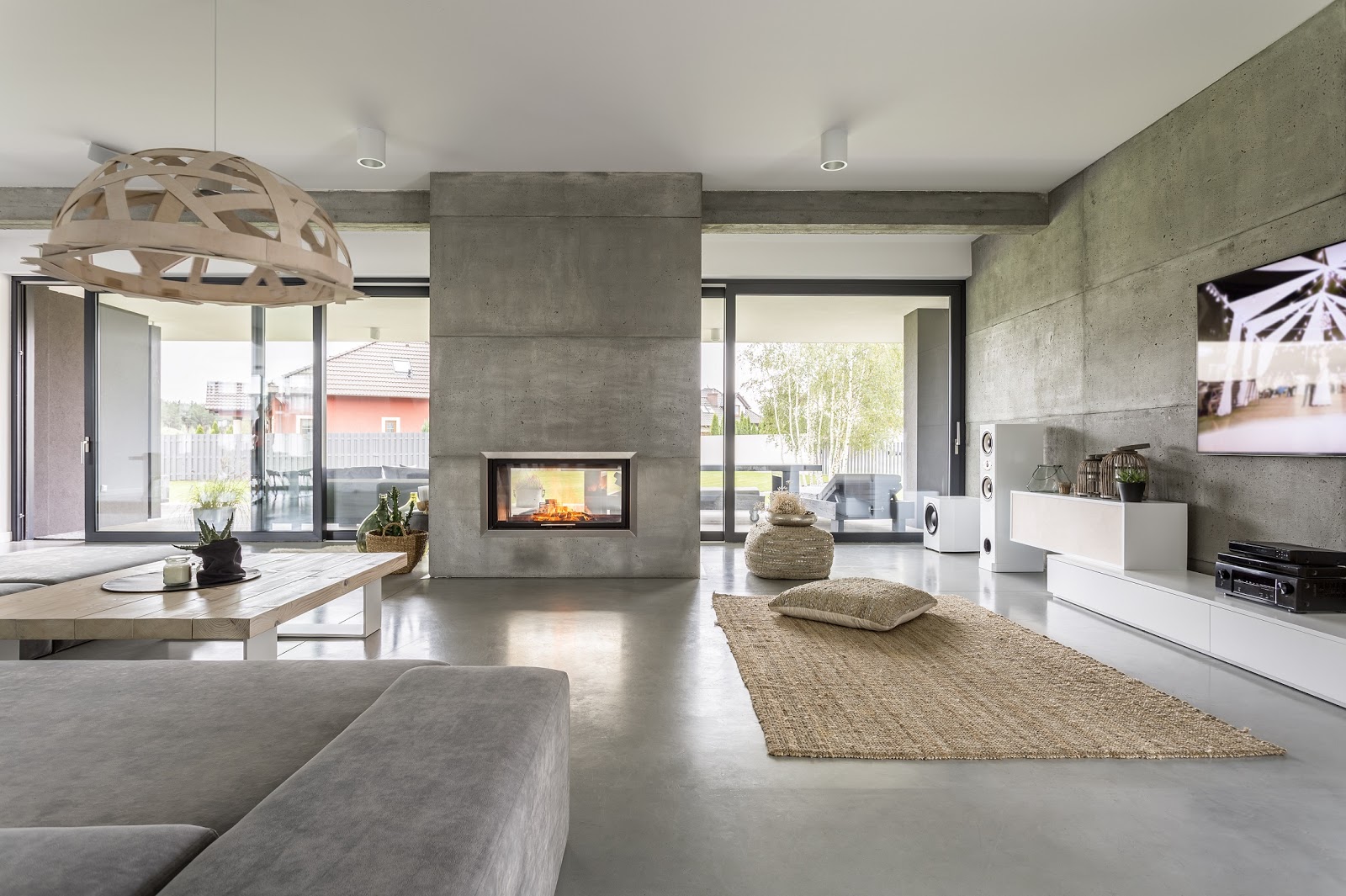
Modern houses focus on simplicity, cleanliness and the absence of decoration and unnecessary details. The furniture is of soft and clean lines, so it resembles the Bauhaus principles.
The chromatic ranges of these spaces are always neutral tones, such as white, grayscale and sometimes ochre. However, unlike minimalist interiors, modern spaces allow for touches of vivid colors such as red or turquoise in elements such as crockery, curtains and carpets.
5.- Neo-Baroque

This style is the opulence, the grandiosity and the luxury of the baroque brought to modernity. Here we can identify highly elaborate furniture rich in ornamentation, golden highlights and materials such as marble, granite and polished stucco.
This style is extremely symmetrical, and as it is a reinterpretation of the Baroque, it admits all creative licenses in terms of chromatic and material ranges. That's why it's very popular with the most rebellious designers.
6.- Victorian
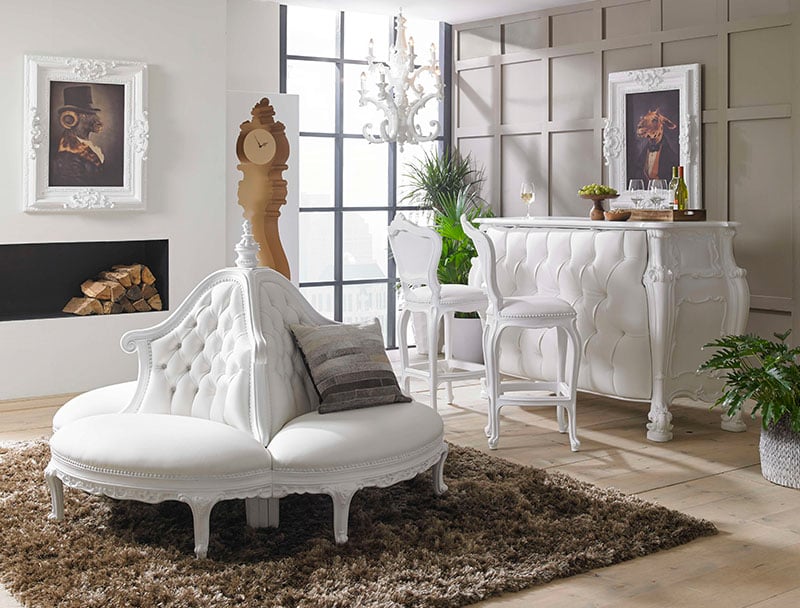
Parallel to the Neo-Baroque, the modern Victorian style is a reinterpretation of 19th century British design, in which the spaces are wide, well-lit and, above all, extremely elegant.
In this style, the main element is the furniture, which breaks with the symmetry and allows for much more organic and relaxed compositions.
A Victorian interior is not complete without an elegant and majestic chandelier or light fixture. Although the style is very flexible in terms of colors and materials, the furniture and finishes are generally in a harmonious color range in soft, neutral tones, while the highlighting colors are provided by the decoration.
7.- Louis XV
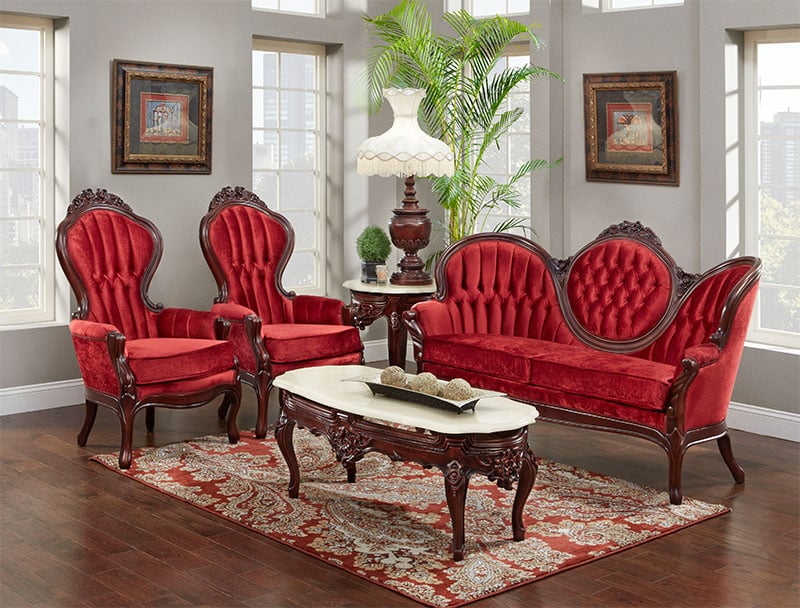
Without a doubt, one of the favorites among vintage style enthusiasts. Louis XV was originally just a style of cabinetmaking, but it caused such a sensation that it became a whole style of decoration that is also called Rococo
As it originated in the furniture intended for the private rooms of the court, this style is extremely intimate and welcoming: the curved surfaces and intricate details create a stylish yet relaxed atmosphere.
As it is a reinterpretation of a historical trend, this style admits all kinds of interventions and proposals, but usually acoustic materials such as carpets and wood sheets are used, which contribute to create a silent and echo-free atmosphere, perfect for a living room or a bedroom.
8.- Contemporary
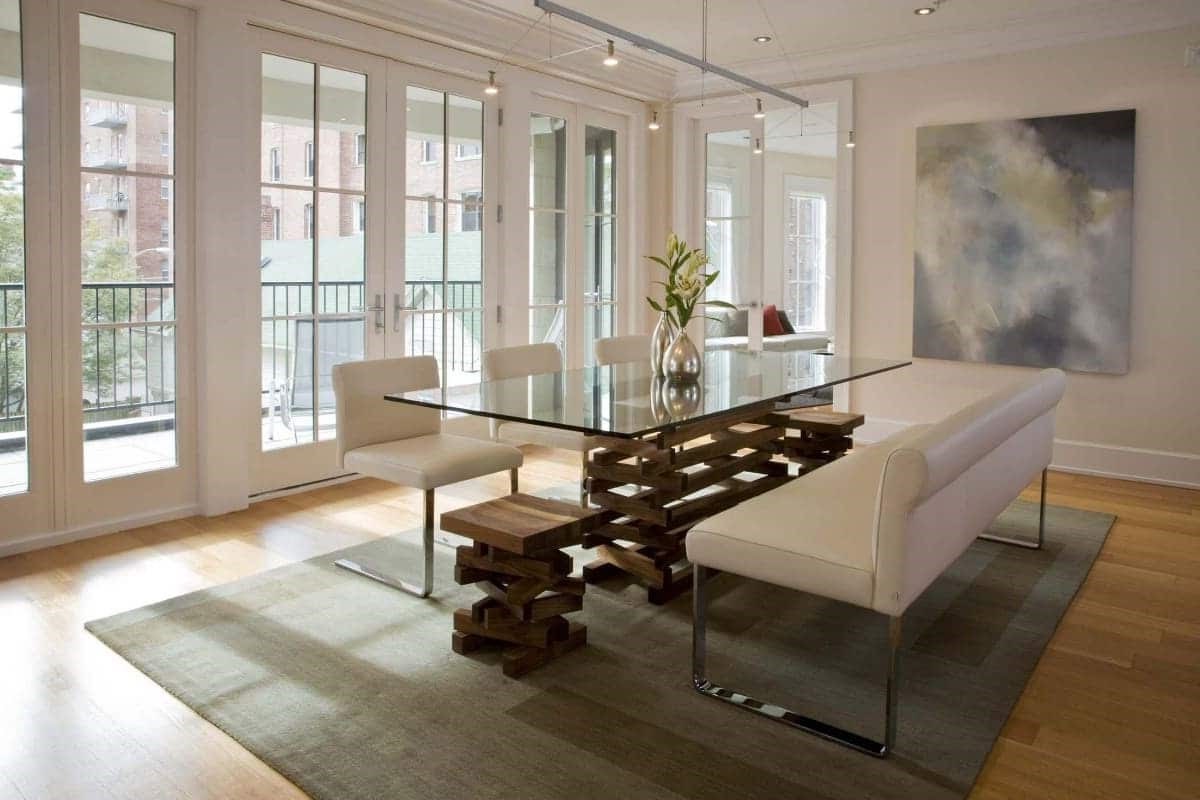
Contemporary and modern art are commonly confused, however, there are some very important differences between them.
For example, contemporary style is eclectic, that is; it takes elements from other periods. Minimalist furniture can be combined with moldings that frame doors and windows, creating an elegant, clean and welcoming atmosphere.
In contemporary style, the furniture is upholstered with simple textiles such as wool, cotton and linen, without ornamentation or patterns and almost always on flat surfaces. The chromatic range is usually in neutral and clear tones that provoke a very pleasant sensation of amplitude.
9.- Minimalist

One of the most famous styles of recent years. Minimalism consists of freeing space from any unnecessary elements, and only conserving those that are necessary to live in a functional way.
Minimalism focuses on simplicity, and character is provided by the materials used in the finishes.
Minimalist interiors are monochromatic, and free, clean surfaces are abundant. All elements that make up a space of this type have clean and sober design lines and the storage areas are often hidden, as minimalism appreciates the value of empty space and the absence of ornamentation.
10.- Urban
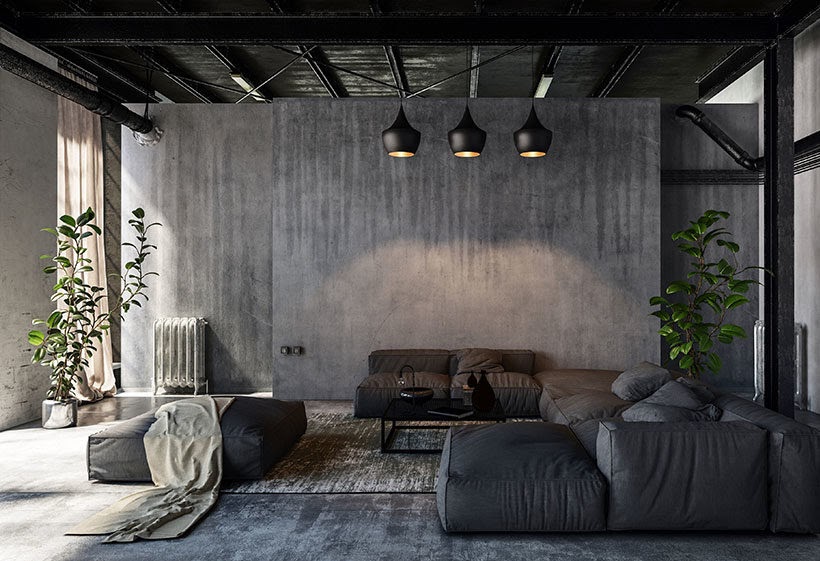
Urban style, also called soft industrial, rescues the beginnings of the Loft of the 70's, and combines it with a kind of rustic style, in the sense that it does not fear incorporating elements typical of an urban environment, such as exposed partitions, lights and decoration made with materials for industrial use, such as tubes and metal profiles.
The color range of the urban style tends to be dark, and in some cases, the ceiling is painted completely black to give a feeling of great height. That is why there is so much lighting.
This style is also eclectic, often integrating furniture from other trends that give a balance between the urban and the human to the space.
What is next?
These styles are just that, styles, and you can make them your own, reinterpret them, mix them up and put your own unique and personal stamp on them. Now that you have this knowledge, the next step is to know how to use it to elaborate and present an interior design project capable of making even the most demanding client fall in love.
In anticipation of this, we have prepared this guide where you will find the seven key steps to follow to take your interior design practice to a professional level.

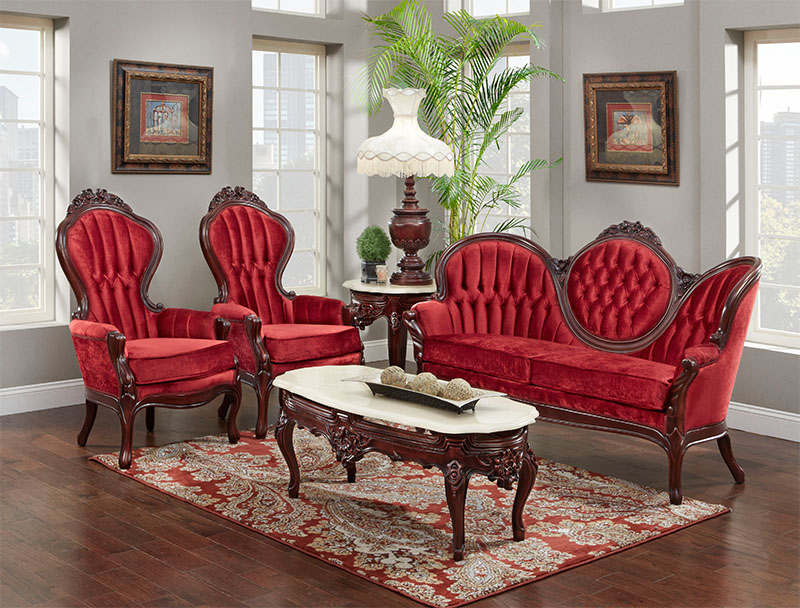



Leave Comment